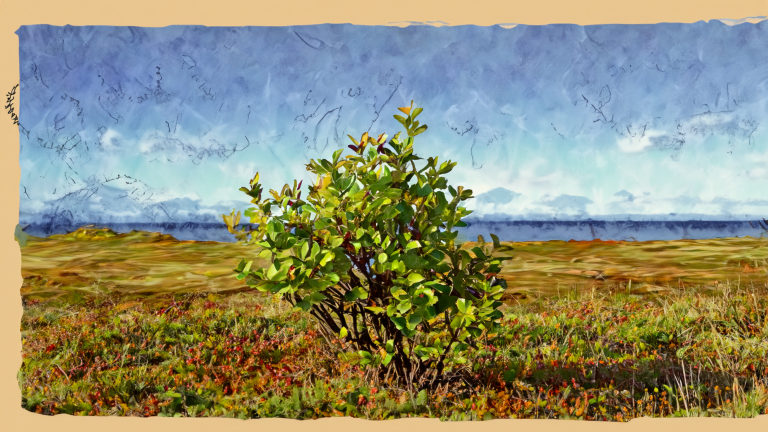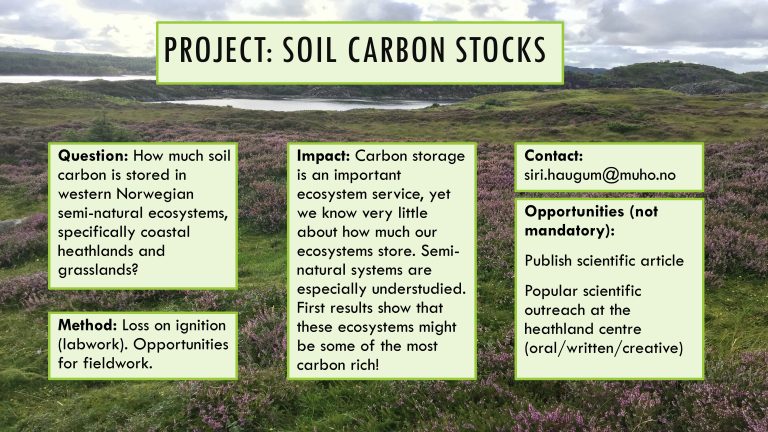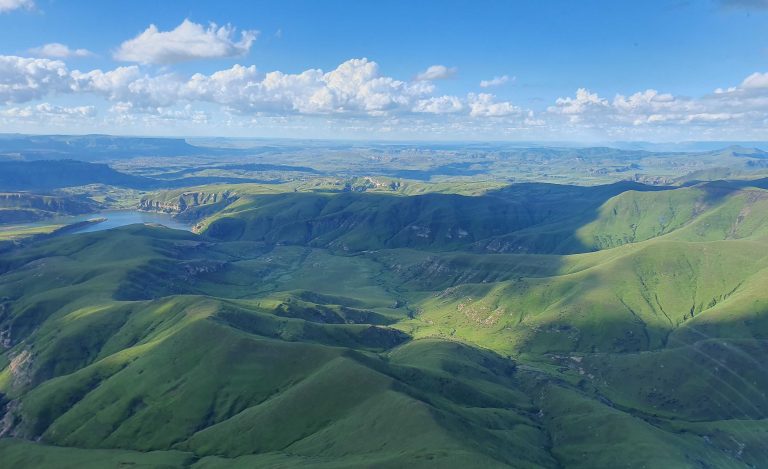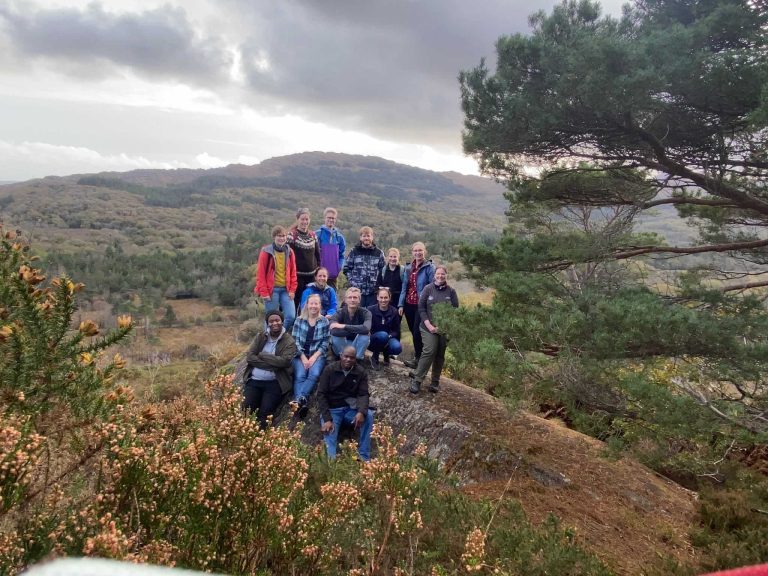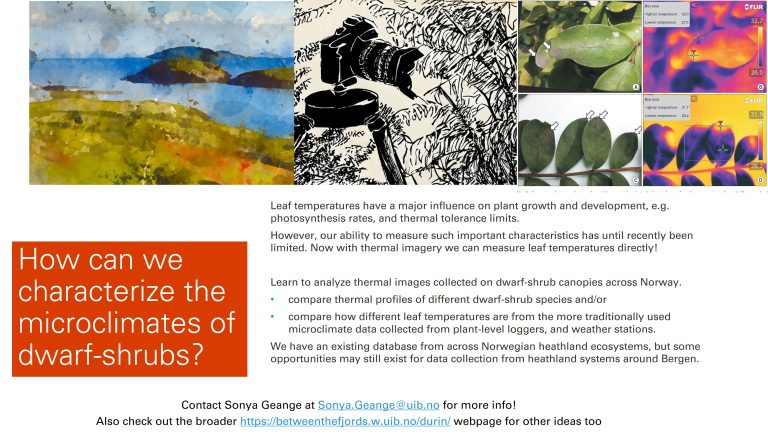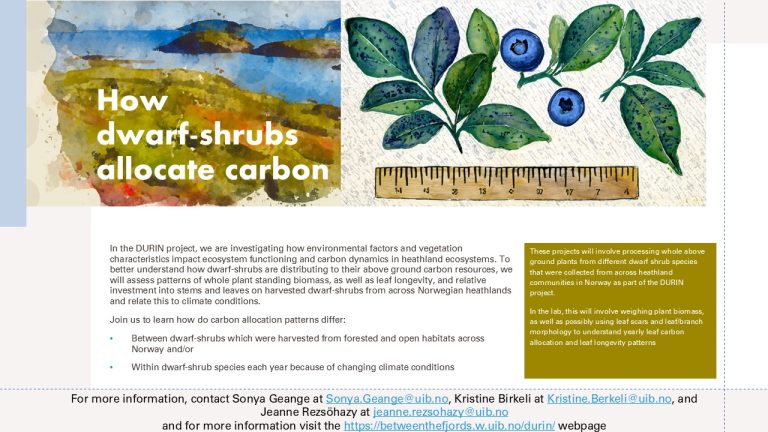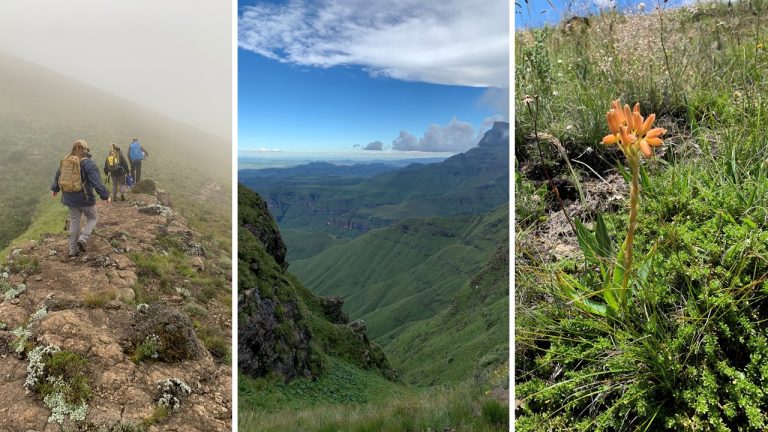Are you interested in plant functional types and ecosystem modelling? Come work with us! Dwarf-shrubs are a dominant plant functional group across the boreal, arctic and alpine biomes, and they play important roles for biodiversity, ecology and ecosystem functioning in the habitats in which they occur. For example, dwarf-shrubs provide important food resources for grazers, READ MORE
Soil carbon stocks
Carbon storage is an important ecosystem service, yet we know very little about how much our ecosystems store. Semi-natural systems are especially understudied. First results show that these ecosystems might be some of the most carbon rich! Question: How much soil carbon is stored in western Norwegian semi-natural ecosystems, specifically coastal heathlands and grasslands? For READ MORE
Plant Functional Traits Course engages in South African RangeX sites
In December 2023, the 7th plant functional traits course (PFTC7) took place in the Drakensberg mountains of South Africa. We were particularly pleased that this led to a collaboration with the RangeX project. During PFTCs, research is usually conducted along an elevational gradient. This time, the highest location at ca. 3000m coincided with the high READ MORE
RangeX writing retreat in Ireland
In November 2023, the RangeX team spend a productive week in Ireland, delving into various tasks, data sets, and papers. Numerous constructive discussions ensued, generating ideas for future project outputs. We outlined the joint field experiment data paper, incorporating data sets from China, Switzerland, Norway, and South Africa. The team members focusing on aboveground interactions READ MORE
How can we characterize the microclimates of dwarf-shrubs? (Durin)
Leaf temperatures have a major influence on plant growth and development, e.g. photosynthesis rates, and thermal tolerance limits. However, our ability to measure such important characteristics has until recently been limited. Now with thermal imagery we can measure leaf temperatures directly! Learn to analyze thermal images collected on dwarf-shrub canopies across Norway. compare thermal profiles READ MORE
How dwarf-shrubs allocate carbon (Durin)
In the DURIN project, we are investigating how environmental factors and vegetation characteristics impact ecosystem functioning and carbon dynamics in heathland ecosystems. To better understand how dwarf-shrubs are distributing to their above ground carbon resources, we will assess patterns of whole plant standing biomass, as well as leaf longevity, and relative investment into stems and READ MORE
Apply for our PhD Research Fellow in plant-mycorrhizal interactions
Are you interested in plant-soil interactions and mycorrhizal associations in nordic environments? Come work with us! Dwarf-shrubs are a dominant plant functional group across the boreal, arctic and alpine biomes, and they play important roles for biodiversity, ecology and ecosystem functioning in the habitats in which they occur. For example, dwarf-shrubs provide important food resources READ MORE
Plant Functional Traits Course 7 in South Africa – Apply now!
Plant Functional Traits Courses (PFTC) offer hands-on training in applications of plant functional trait ecology within a real-life field research project setting. During this 7th PFTC course, students will collect and explore plant functional trait data in the field and use trait-based approaches within community and ecosystem ecology. Following the course, students will have opportunities to participate READ MORE
PhD position in plant ecology (project RangeX) announced (deadline passed)
Do you have a Master’s degree in Plant Ecology or similar, and are you interested in alpine ecology, climate change, alien species, and functional ecology? We are hiring a PhD student for 3 year to work with us in the RangeX project. Project description: Native as well as exotic species are shifting their distributions in READ MORE
Two positions in project DURIN available (deadline passed)
New project Durin studies the role of dwarf shrubs in our ecosystems; from species interactions to ecosystems responses and feedbacks across scales. Dwarf-shrubs (Ericaceae) are a dominant plant functional group across the boreal, arctic, and alpine biomes, where they play important roles for biodiversity, ecology and ecosystem functioning. DURIN will explore the role of dwarf-shrubs READ MORE


